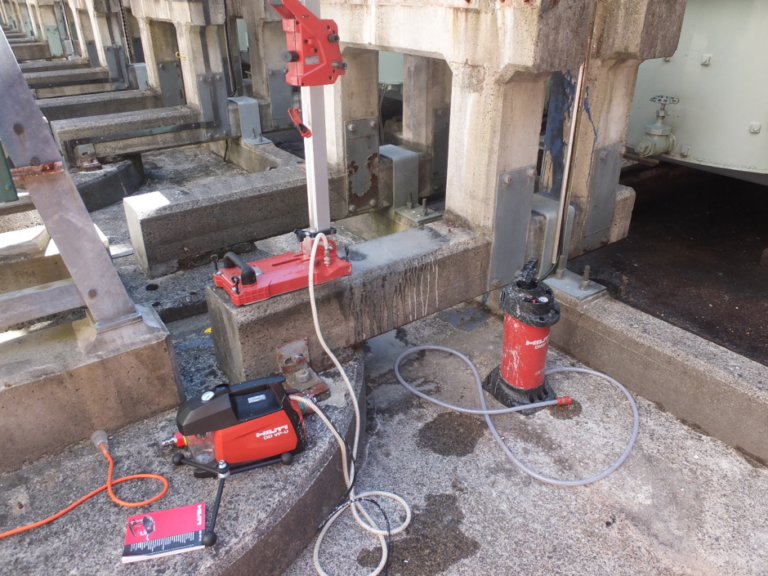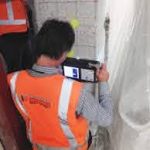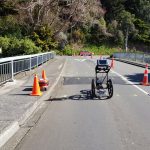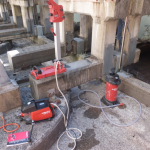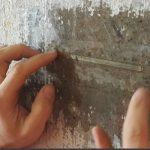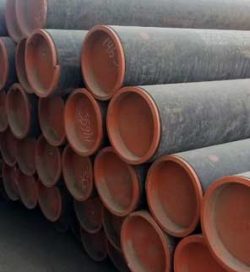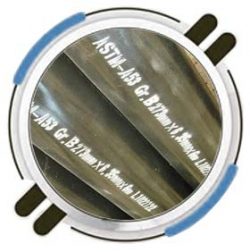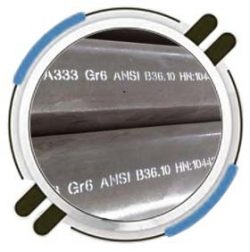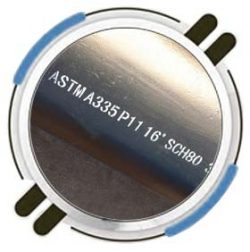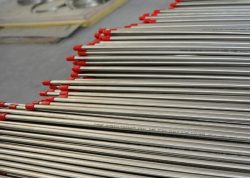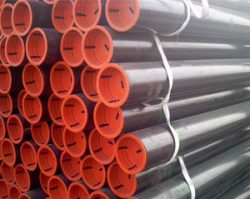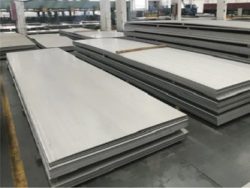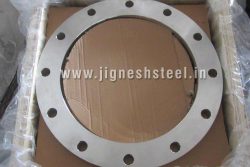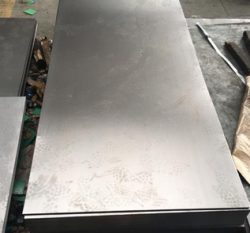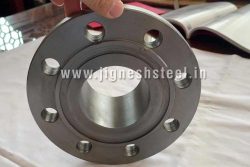Non Destructive Inspection
Non-destructive testing can be used to help engineers get a better understanding of key structural elements. A reliable structural condition assessment heavily relies on rigorous observations and collecting accurate data that can adequately describe the existing condition of the structure. In doing so, engineers are looking for signs of defects and distress in structural elements.
Why you may need it-
Tests are carried out to ensure the selection and installation of adequate post-installed anchors in concrete and masonry.
For Design: When you need to determine the capacity of an anchor for a particular loading. – ultimate
For Quality Assurance: When you are establishing that an anchor has been correctly installed and has not been damaged – proof
How we do it
Ultimate-
As the name suggests, ultimate tests are carried out until the ultimate strength of the fixing has been reached, and either non-elastic deformation or complete breakage has occurred. Ultimate shear and tensile tests are performed according to British Standard 8539:2012, Section B.2.3.2 – Tests for allowable resistance (statistical approach), using the procedure given in CFA Guidance note: Procedure for site testing construction fixings – 2012. A minimum of 5 shear and 5 tensile tests are performed at each location.
Proof-
Proof tests are not performed to failure, but instead to a proof load, Np; a specific fraction of the rated loading. Proof tests are performed according to British Standard 8539:2012 Section 3.2 – Tests to validate the quality of installation – Proof tests. The number of fixings to be tested is dependent on the total number to be installed on the job. The standard specifies a minimum of 2.5% or at least 3 fixings per location. If the anchors hold the required load, without movement/deformation/damage to either the fixing anchors themselves or the base material into which they are loaded, they will have met the acceptance criteria. In the event of failure, the number of tests will be doubled within the discrete area of failure.
For More info: https://csiscan.nz/services/non-destructive-testing/
https://www.webwiki.com/csiscan.nz
